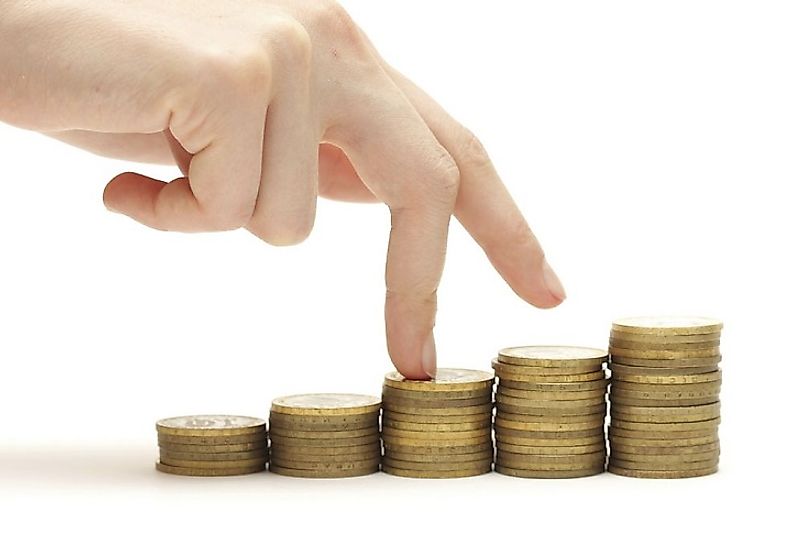What Does Value Added Mean?

The aim of every business person is to maximize their sales and revenues as much as possible, as well as to minimize the cost of production to increase their profit margins. The unit profit is the difference between the sale price and the production cost. Lower production cost and the higher sale price translates to a higher unit profit and vice versa. A company may increase the uptake of their goods and services by enhancing their products and services before putting them up for sale. Value added is the process of giving a homogeneous product a greater sense of value. It can also be defined as a change in the physical form of a product to enhance its value to promote its sale or returns from sales. For example, a jewelry shop may display its product in attractive boxes and offer gift wrapping services which will make customers willing to pay high prices for products or services that appear to be of higher quality.
The Concept of Value Added
Value added is an incremental measure of the utility created by a product or service of a business for customers. A product cannot be sold for any reasonable profit without creating value for it. For example, if a firm buys material worth $200 and sells them at $300, then the value added is $100. Value-added does not come by itself, but rather it needs some time and changes over the bought material. The changes in the material are brought about by labor, capital, government policies, and other factors of production. The value added is distributed to the different stakeholders including the buyers and is paid regarding wages and salaries. The value added is, therefore, the increase in the market value as a result of the change in the form of a product, its location, and availability excluding the bought-in cost of material. Companies that build strong brands simply add value by putting their logos on the product.
Praises of the Value Added Concept
Value added is a means of customer acquisition. By adding values to a product or a service, a company can acquire new clients who are looking out for better products and services at reasonable cost. It also helps the company retain and build lasting loyalty with the existing clients. A company is also able to gain quick entry into a new market by offering an improved product that offers more value to clients compared to the competitors. Value added offers a competitive advantage for companies operating in a crowded market with competitors offering similar products or services because customers are looking for something special or extra in a product.
Criticisms of the Concept
While value added is often praised for its precision, economists believe that it is far from that in practice because of the substantial compliance cost and complexity it generates for companies. It increases the price of a product or service making it non-affordable for low-income earners who would want to benefit from the improved products. Value addition also attracts additional cost which might not be covered in the sales price leading to further losses to the companies. Value added ignores exchange risk and fluctuations in the prices of raw material which might not be covered wholly by the product sale price.











